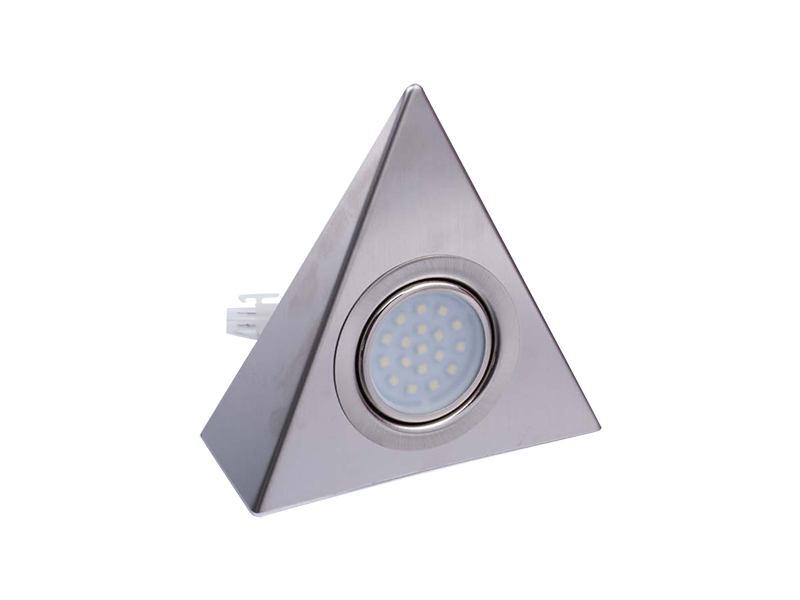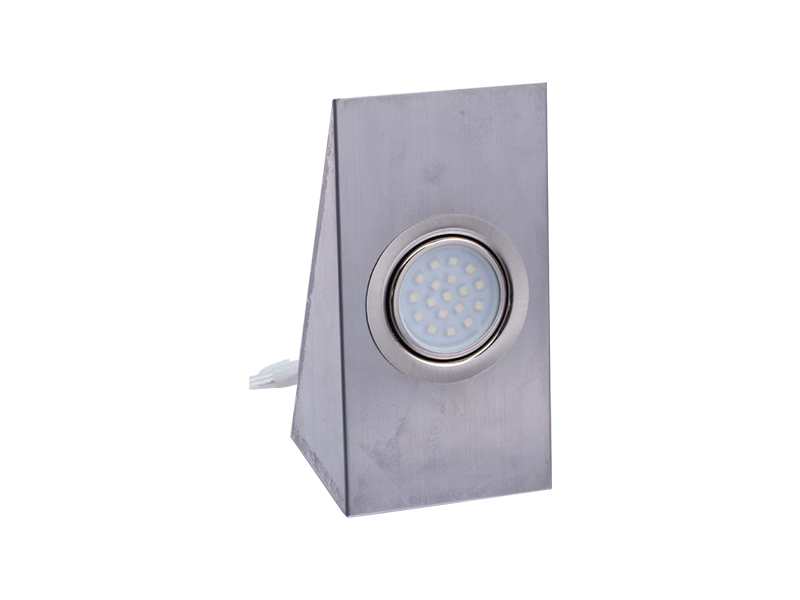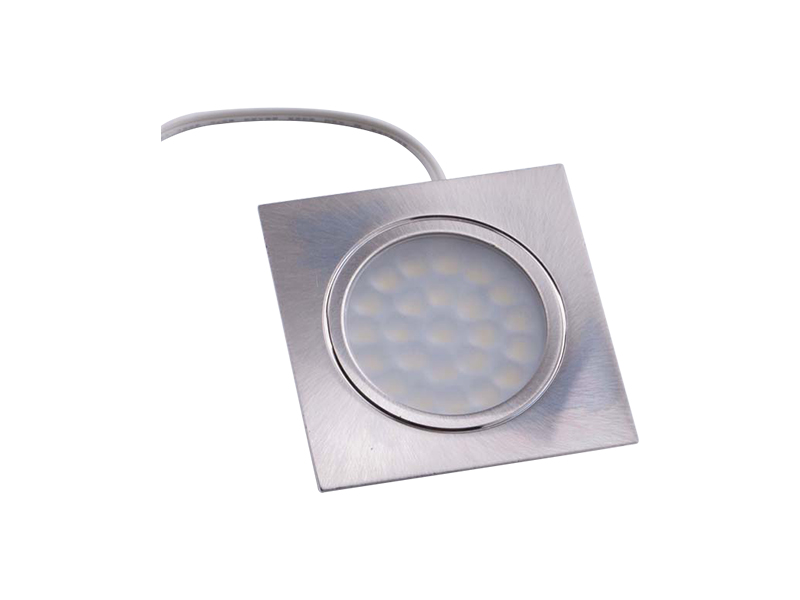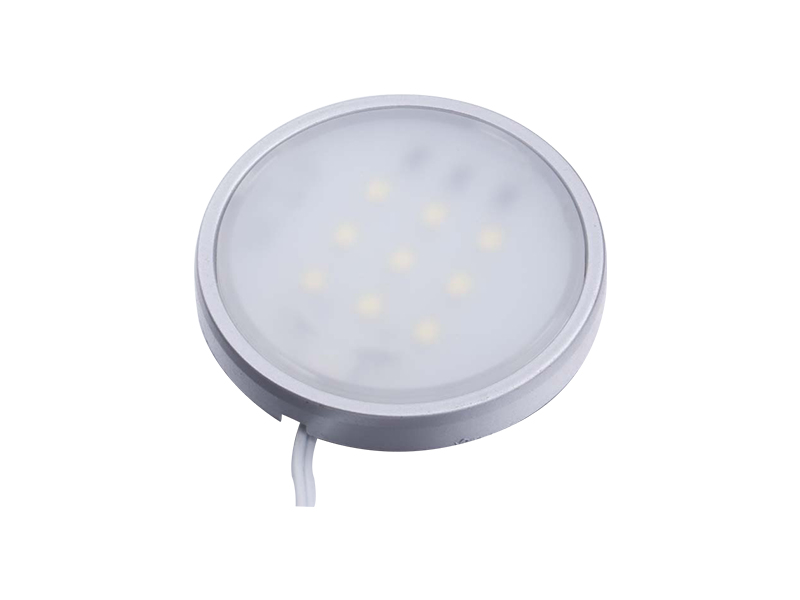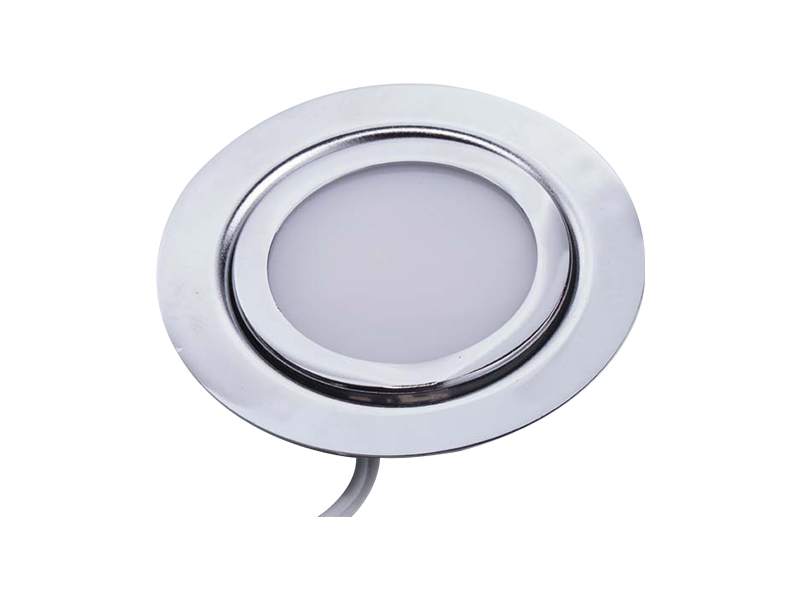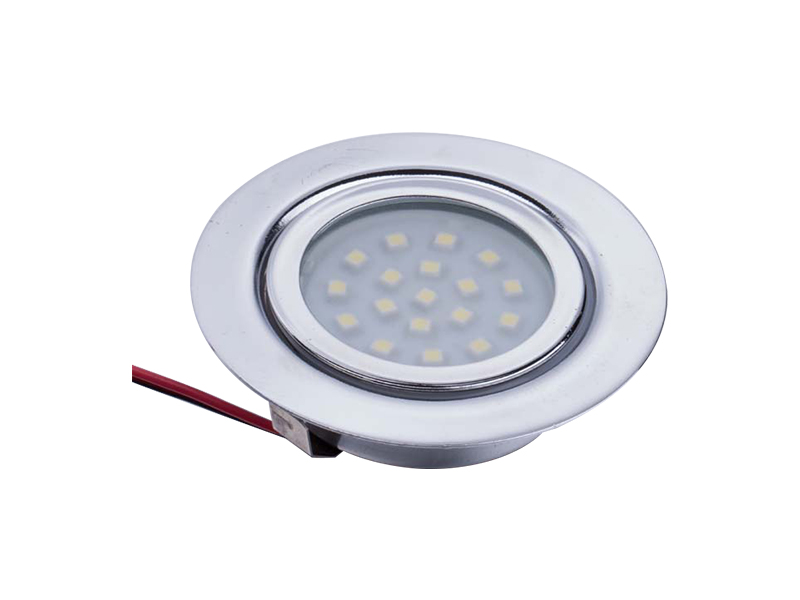-

E-mail:[email protected]
-

Telphone:+86-574-88073028
-

FAX:+86-574-88073029
QR code on
mobile phone
Welcome to Eastkey!
Welcome to Dongke!
The operating temperature of LED cabinet lights has an important impact on their energy-saving effect. Traditional lighting fixtures, such as incandescent lamps and fluorescent lamps, generate a lot of heat when working, which not only leads to energy waste, but also may affect the service life of the lamps. In contrast, LED lamps have a lower operating temperature, and most of the energy is effectively converted into light energy, reducing the heat dissipation. This feature makes LED cabinet lights show higher energy efficiency in long-term use and avoids power waste caused by heat accumulation.
The driving power supply system of LED cabinet lights also plays an important role in energy saving. High-quality LED driving power supplies can ensure a stable supply of current and voltage and improve the working efficiency of lamps. Compared with low-quality or unstable driving power supplies, high-quality power supplies can reduce power waste while improving the brightness stability and service life of lamps. Therefore, choosing LED lamps with high-efficiency driving power supplies can also help improve energy saving effects.
Compared with other lighting systems, the compatibility of LED cabinet lights can also directly affect their energy-saving effects. For example, many LED lamps support compatibility with smart home systems, and use smart controllers to adjust light intensity, switch status, etc. to achieve energy-saving effects. Smart home systems can automatically adjust the switch and brightness of lights according to the ambient light intensity or user activities, avoiding unnecessary long-term on and off states of lamps. In addition, some LED cabinet lights also support sensor switch functions, automatically turning on when the user approaches and automatically turning off when leaving, further reducing energy consumption.
The light color and lighting design of LED cabinet lights can also affect their energy saving effect. White or cold light LED lamps generally provide higher light output than warm light LED lamps, so choosing a light color suitable for the kitchen or cabinet environment can also improve lighting efficiency. Through reasonable light color design, energy can be saved to the maximum without sacrificing lighting quality.
For LED cabinet lights that need to run for a long time, taking zone control can also effectively save energy. By installing multiple independently controlled LED lamps, the lights in each area can be controlled according to usage needs. For example, different areas in the kitchen can be set with independent switches or dimming functions to adjust the brightness of the lamps according to actual usage, avoid turning on all areas at the same time, and reduce unnecessary energy consumption.
Consumers can refer to some industry standards and certifications to further evaluate the energy saving effect of LED cabinet lights. For example, choosing LED lamps with the Energy Star certification indicates that the product has been rigorously tested and meets high energy efficiency standards. In addition, the environmentally friendly design and material selection of LED lamps also play a role in the energy saving process. Using non-toxic and recyclable materials not only reduces environmental pollution, but also helps save energy used in the production process.
top
E-mail:[email protected]
Telphone:+86-574-88073028
FAX:+86-574-88073029
